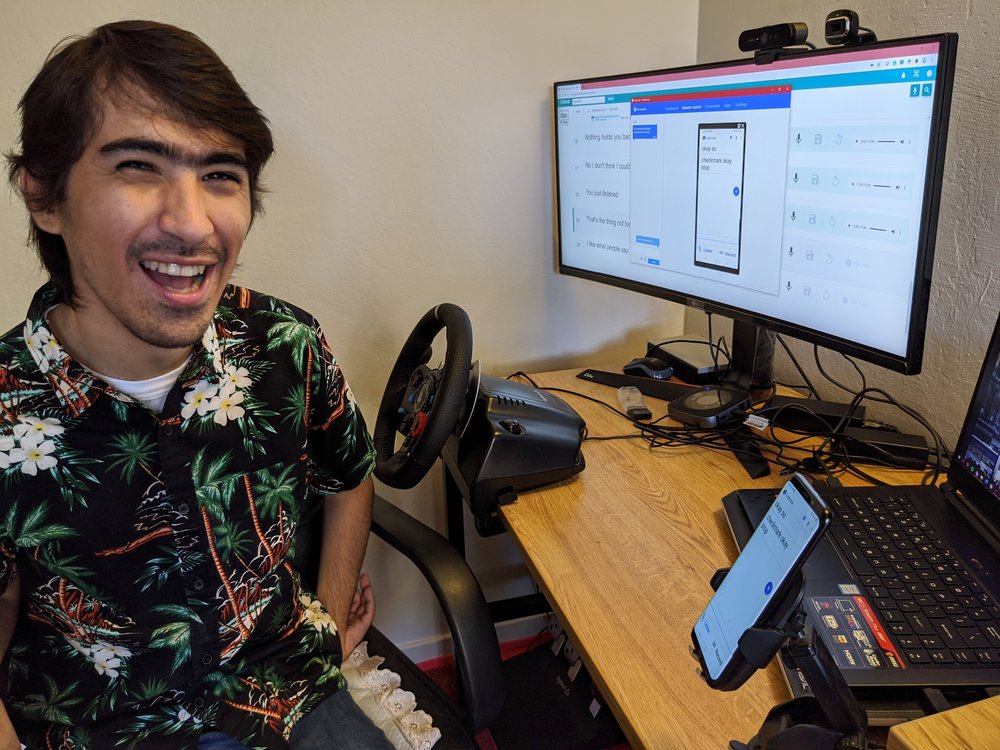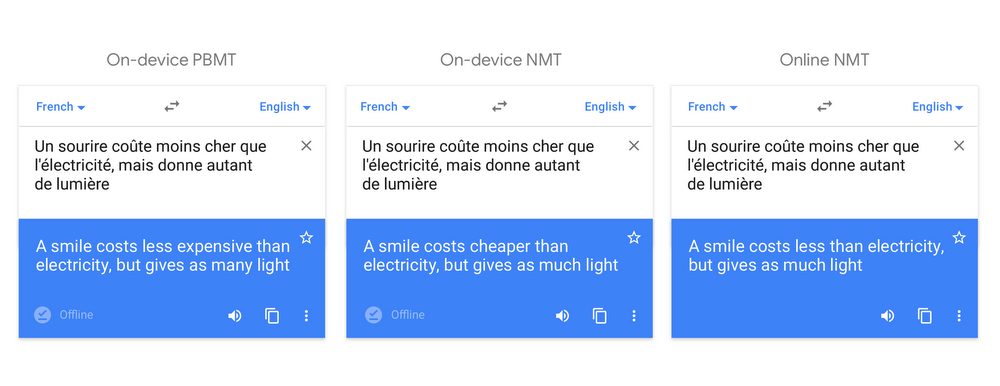For millions of people, being able to speak and be understood can be difficult as a result of conditions that can impact speech, including stroke, ALS, Cerebral Palsy, traumatic brain injury or Parkinson's disease. Today, we’re inviting an initial group of people to test Project Relate, a new Android app that aims to help people with speech impairments communicate more easily with others and interact with the Google Assistant.
Project Relate is a continuation of years of research from both Google’s Speech and Research teams, made possible by over a million speech samples recorded by participants of our research effort. We are now looking for English-speaking testers in Australia, Canada, New Zealand and the United States to try out the app and provide feedback to help us improve it.
As an early tester of Project Relate, you will be asked to record a set of phrases. The app will use these phrases to automatically learn how to better understand your unique speech patterns, and give you access to the app's three main features: Listen, Repeat and Assistant.
Listen: Through the Listen feature, the Relate app transcribes your speech to text in real time, so you can copy-paste text into other apps, or let people read what you want to tell them.
Repeat: You can use the Repeat feature to restate what you’ve said using a clear, synthesized voice. We hope this can be especially helpful in face-to-face conversation or even when you want to speak a command to your home assistant device.
Assistant: Speak directly to your Google Assistant from within the Relate app, so you can take care of different tasks, such as turning on the lights or playing a song, with ease.
In creating the app, we worked closely with many people with speech impairments, including Aubrie Lee, a brand manager at Google, whose speech is affected by muscular dystrophy. “I’m used to the look on people’s faces when they can’t understand what I’ve said,” Aubrie shared with us. “Project Relate can make the difference between a look of confusion and a friendly laugh of recognition.” Since Aubrie works on the marketing team that names new products, she also helped us name the app!
If you have a condition that makes your speech difficult to understand, you may be able to help provide feedback on the Project Relate Android app as a trusted tester. To express interest, please fill out our interest form at g.co/ProjectRelate, and the team will get back to you in the coming months.
With your help, we hope to build a future in which people with disabilities can more easily communicate and be understood.


